After Russia fired on two Ukrainian naval ships in late November, seizing the vessels and crew, tensions between Russia and the West waxed and waned in a succession that has become all too common.
Russia’s annexation of Crimea roughly five years ago, and sponsorship of separatists in eastern Ukraine’s Donbass region, brought similar condemnation from the U.S. and its NATO allies, as did the Russian annexation of Abkhazia and South Ossetia in Georgia in 2008.
And yet those breakaway regions remain under Russian control, as the Kremlin proves that geographic boundaries can be redrawn without much more than stern words from the West. But absent harsher measures and greater push-back, the former commander of U.S. Army Europe warns that the Russian Federation won’t let up.
“I think they won’t stop until they completely own the Sea of Azov and have choked out Ukraine’s very important seaport of Mariupol," said retired Lt. Gen. Ben Hodges, who helmed U.S. European Command’s Army component from late 2014 through 2017.
During his tenure, Hodges helped oversee the largest buildup of U.S. troops and base infrastructure since the Cold War, as Russian President Vladimir Putin launched a quest for client states to buffer against what he sees as NATO’s own expansionism.
“The next phase will probably be land and sea operations that would eventually secure maybe even Mariupol but continue to take the Ukrainian coastline and connect Crimea back up to Russia along the Sea of Azov," Hodges told Military Times. "It’s not going to happen in the next six months, but this is the direction they’re taking until they completely own the Black Sea and they’ve isolated Ukraine.”
Mariupol is an important seaport for Ukraine’s export of steel. Russia recently finished constructing a large bridge linking Crimea to Russia proper over the Kerch Strait — a key waterway to both countries that bridges the Sea of Azov and the Black Sea.
The Sea of Azov was where Ukrainian naval vessels were seized by Russian forces, and as far as he is concerned, a “junior lieutenant could see that this was coming," Hodges said.
“This was just the next step in their effort to dominate the Black Sea region so they can use it as their launching pad into Syria and the Mediterranean and the Middle East.”
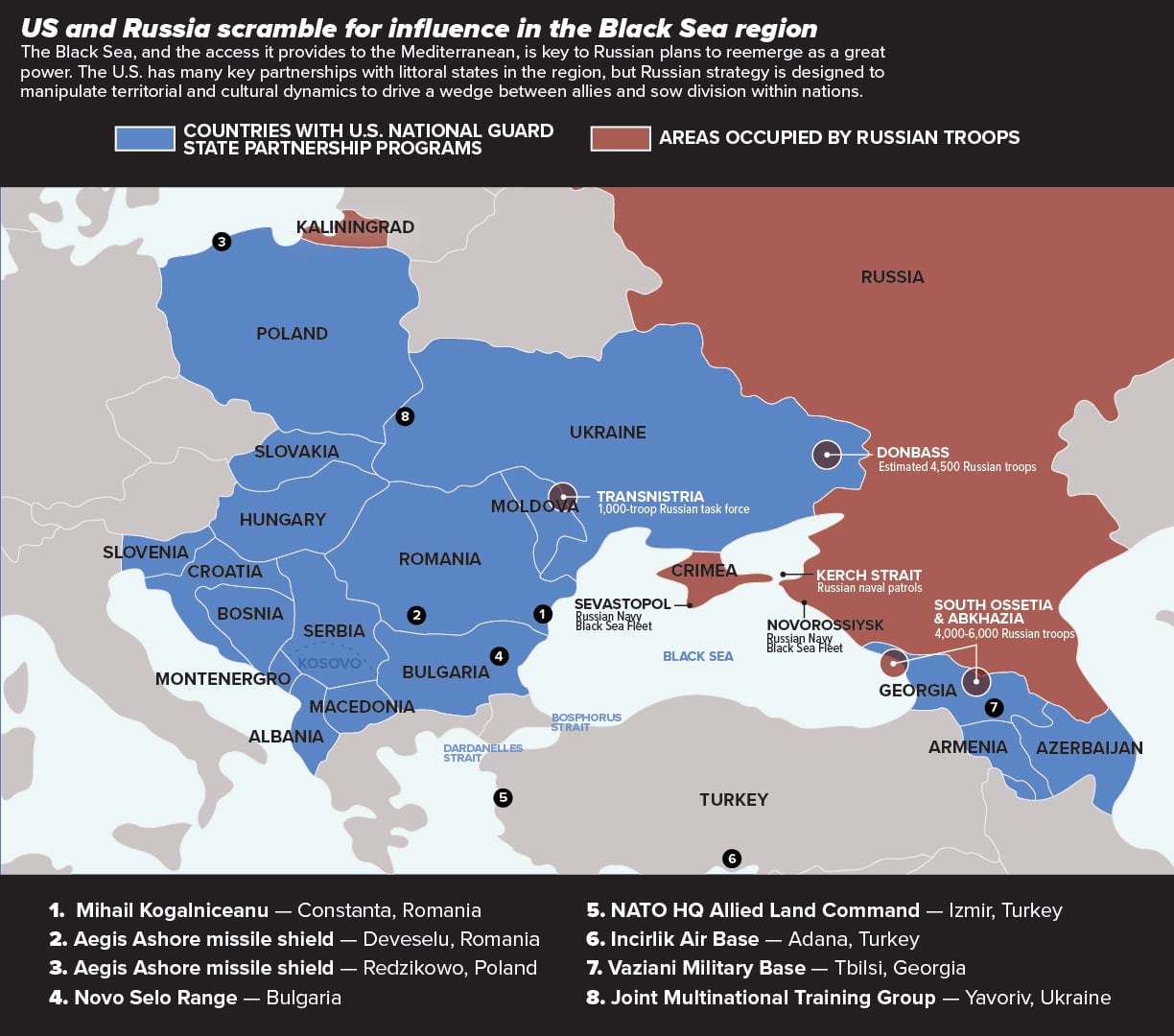
Ukraine isn’t a NATO ally. It is not guaranteed assistance from the alliance under Article 5 — collective defense. But the country had been flirting with NATO membership since 1994. Those plans ended with the 2010 election of pro-Russian president Viktor Yanukovych, but were rekindled by anti-government protests that drove him from power in 2014.
Shortly afterward, Russia invaded using the hybrid warfare model that has become a staple of their land grabs.
Hodges participated in the re-armament of Europe during his tenure with Army Europe. As the continent braced for renewed Russian aggression, the European Deterrence Initiative began to funnel cash into refurbishing military installations and sponsoring allied training operations.
Part of that buildup included Mihail Kogalniceanu Air Base, known as MK, in southeastern Romania.
“So much energy was being put into the Baltic region,” Hodges said, “but there was not something equivalent in the Black Sea.”
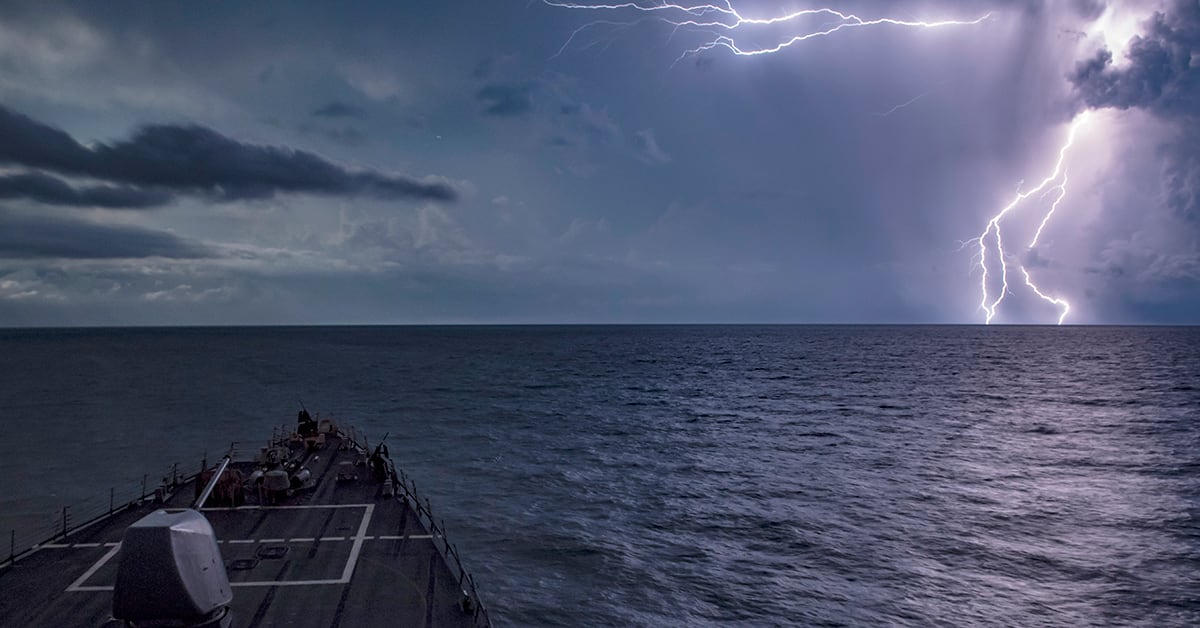
For years, MK operated as a hub for U.S. soldiers transiting to and from Afghanistan. But when he was running Army Europe, Hodges began to set his sights on the Black Sea region and he saw MK as a strong point near one of the busiest ports on the Black Sea — Constanta.
When the armored brigade combat team, or ABCT, now rotates in and out of Europe, one of the battalions makes MK its home. Two companies from the ABCT are also placed further south, at Novo Selo Training Area in Bulgaria. This has been ongoing now for almost three years.
“We decided MK should be a hub, a power projection platform out into the Black Sea for air and land forces," Hodges said. “It’s not a permanent base. It’s a Romanian air base. But we have a very large footprint inside.”
MK also has the potential to grow. Maintenance is conducted there, ammunition can be stored there, and there are facilities to accommodate a larger mission command element. Part of a U.S. Army aviation battalion even flies out of MK, and the air base plays host to NATO’s Black Sea air policing mission.
RELATED
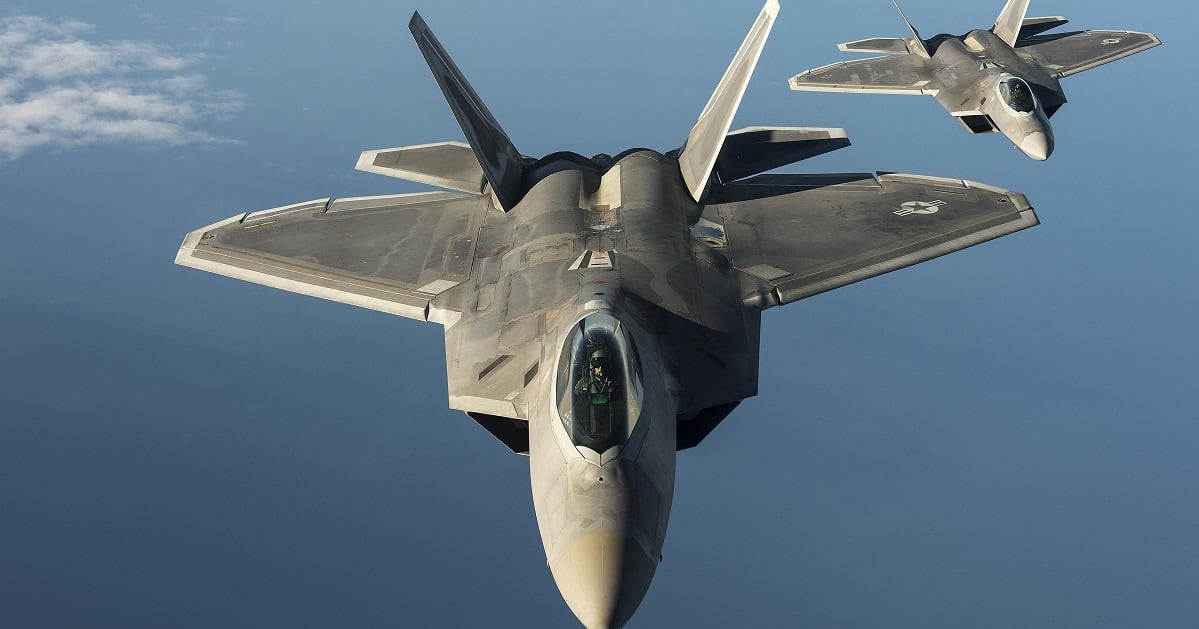
“It’s the only installation in the Black Sea region that supports U.S. [forces],” Hodges said.
Along with Poland, Romania also hosts an Aegis Ashore land-based ballistic missile defense system.
“The one in Romania is already operational with 200 U.S. Navy [personnel]. It was originally a missile defense system put in to protect European cities from Iranian missiles," Hodges said. “The one in Poland, which will hopefully be done in the next year or two, has a Navy presence as well.”
Turkey, which occupies the south of the Black Sea, is an important ally that must always be weighed. After all, NATO’s Allied Land Command is based in Izmir, Turkey.
Through a 1936 agreement called the Montreux Convention, Turkey controls the Bosporus Straits and the Dardanelles, the narrow waterways linking the Black Sea to the Mediterranean.
The basic tenet of the Montreux Convention stipulates that only littoral Black Sea nations can have a permanent maritime presence there. Other countries, like the U.S., can bring warships into the region for 21 days at a time, but the size of the ship is limited to a certain tonnage — which basically means no aircraft carriers.
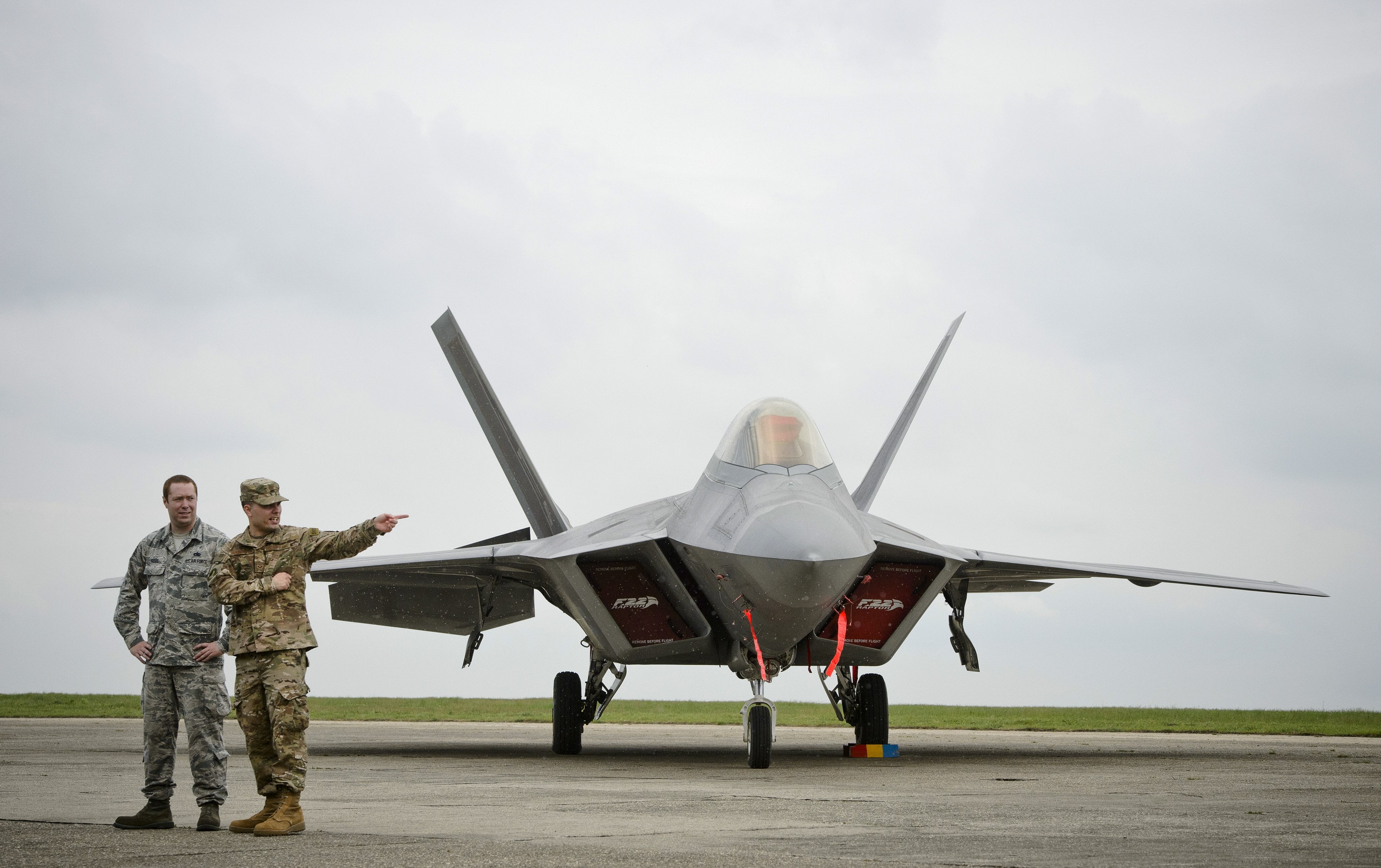
“This is a very important consideration, and the Turks are very strict on the enforcement of the Montreux Convention," Hodges said. "[That] suits the Russians just fine because they got their Black Sea fleet there in illegally annexed Crimea.”
Crimea isn’t the only Russian-occupied territory in the region. The Kremlin has a 1,000-man task force in a breakaway province of Moldova. And Hodges estimated that there are roughly 4,500 Russian officers and senior enlisted advising separatists in the Donbass region of Ukraine.
Additionally, Russia still occupies 20 percent of Georgia. Abkhazia alone hosts about 3,500 Russian troops and roughly 1,500 border guards, according to André Gerrits, a professor of international studies at Leiden University in the Netherlands.
“Most prominently, Russian troops assist the authorities of the two regions in guarding their borders with Tbilisi-controlled territory and, in the case of Abkhazia, the Black Sea coast line,” Gerrits and a colleague wrote in a 2016 paper published in the peer-reviewed East European Politics Journal. “The construction of new military facilities and the setting up of new security institutions suggest that Russia aims to have a military presence in the two regions for the long haul.”
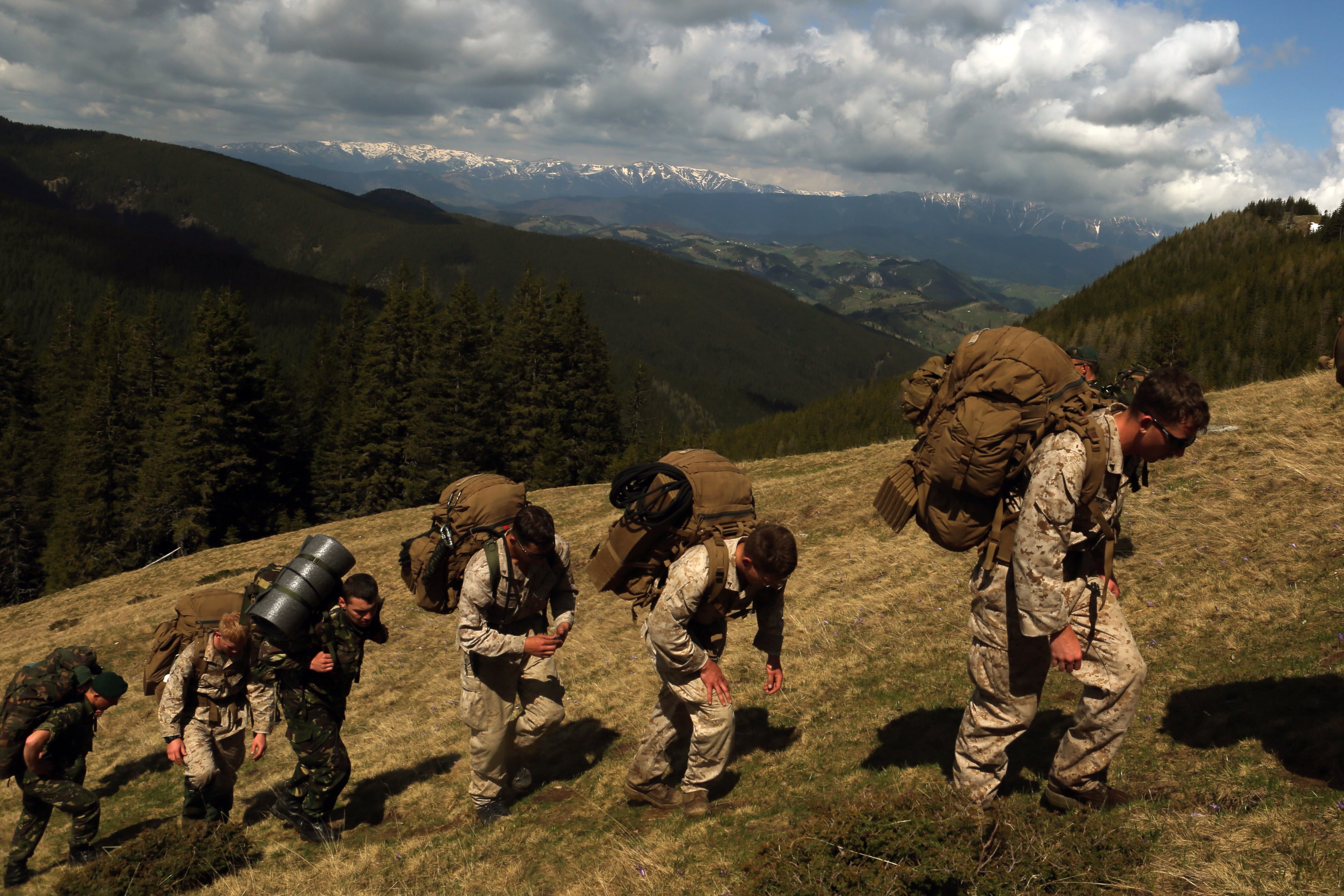
All of this comes back around to Romania for Hodges.
Romania is a NATO member that already spends 2 percent of its gross domestic product on defense, a priority of the Trump administration.
“They’re buying Patriot [surface-to-air missiles] and they’re buying HIMARS,” Hodges said, using the acronym for one of the U.S. military’s premier light multiple rocket launchers. "They’re working as fast as they can to get rid of Soviet-era, Warsaw pact equipment and get Western equipment. ... These are real capabilities that will be able to integrate with the U.S.”
“Romania is key,” he said. “Turkey is so focused to its south that they have not developed a large presence in the Black Sea. It ends up being Romania that’s going to be the center of gravity for the West in countering Russian aggression.”
That doesn’t necessarily mean NATO builds up the Romanian Navy, Hodges said, but the alliance does need to help them defend their offshore oil wells and develop land-based defense systems.
“The NATO alliance needs to come up with a clever way that you can maintain a presence even within the confines of the Montreux Convention," he said. "And, of course, we need to help Ukraine to develop their own maritime strategy with the right type of capabilities to defend their own coastline and defend their own freedom of navigation.”
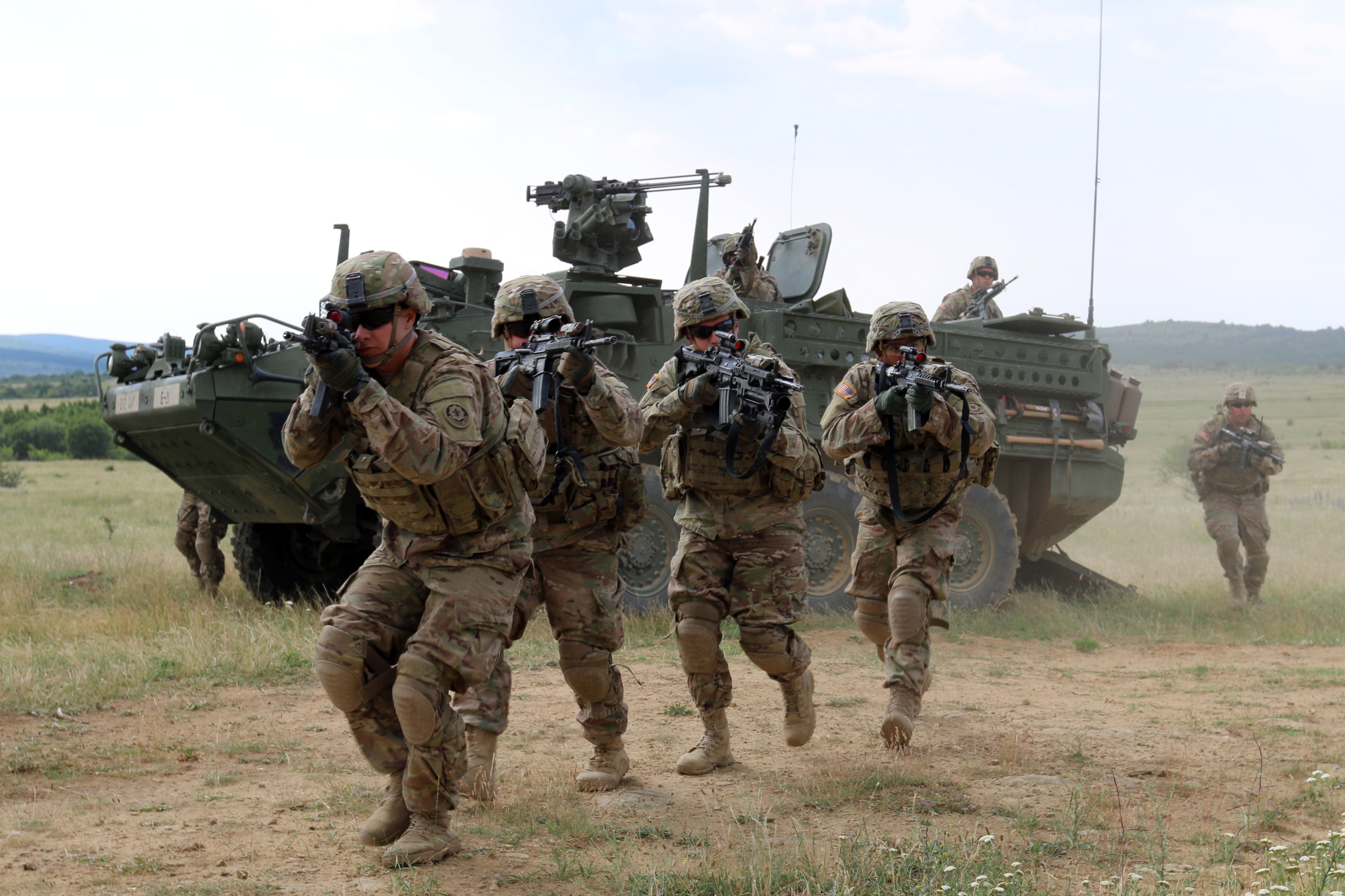
While U.S. troops are in Ukraine, they’re in the far west of the country at the Yavoriv Combat Training Center. Those soldiers essentially train and equip Ukrainians before they rotate east, into active combat against separatists in the Donbass.
But Americans also serve as a show of force in the region. Their presence acts as a sort of insurance policy for the country hosting them. And their foothold in Ukraine comes alongside hundreds of millions of dollars of equipment.
The Javelin anti-tank missile, for instance, was supplied to Ukraine earlier this year, but medical supplies, counter-fire radar and other weapons are also divvied out in military aid from NATO members.
NATO Secretary General Jens Stoltenberg signaled in December during a meeting with Ukrainian President Petro Poroshenko that such assistance is not going away.
“I told President Poroshenko that we will deliver secure communications equipment for the Ukrainian Armed Forces by the end of this year,” Stoltenberg said Dec. 13. “We are also supporting Ukraine to improve its naval capabilities, logistics and cyber defense.”
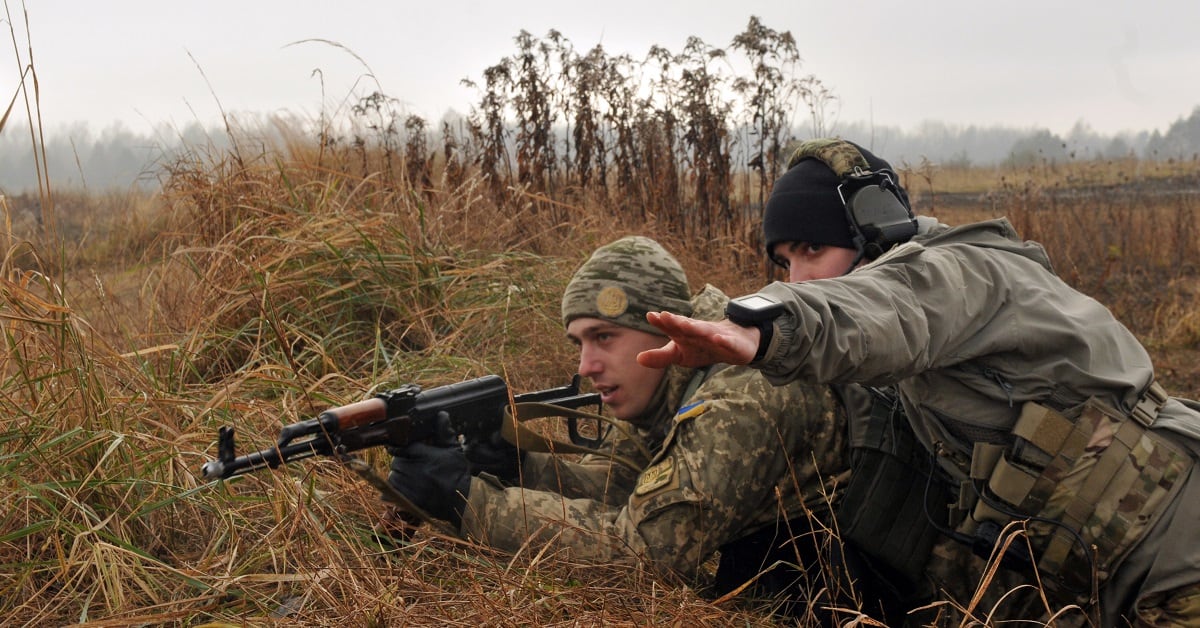
Stoltenberg praised Ukrainian leadership’s “calm and restraint” after the latest Sea of Azov incident, and said the secure communications equipment was part of a roughly $45 million military funding package.
“Allies recognize Ukraine’s aspirations to join the Alliance,” Stoltenberg said. “We want to see your country succeed.”
Ukraine’s aspirations to join NATO are ones Moscow directly opposes as a threat to its own regional security. Whether or not these overtures for NATO membership are serious is tough to determine.
Steven Pifer, a former U.S. ambassador to Ukraine and retired State Department official, wrote in 2017 that “until the simmering conflict in the Donbass and frozen conflict in Crimea are resolved, Ukraine has little prospect of membership.”
“Bringing Ukraine in with the ongoing disputes would mean that NATO would face an Article 5 contingency against Russia on day one of Kyiv’s membership," Pifer wrote in a Kyiv Post op-ed. "As European Parliament Vice President Graff Lambsdorff said, ‘the West is not ready to defend Ukraine’ — and that is particularly true against a nuclear-armed Russia.”
Hodges said Russian-backed separatists in eastern Ukraine keep European observers away from the front, “but we know most of the violations to the ceasefires on a scale of about 10:1 are coming from the Russian side.”
RELATED
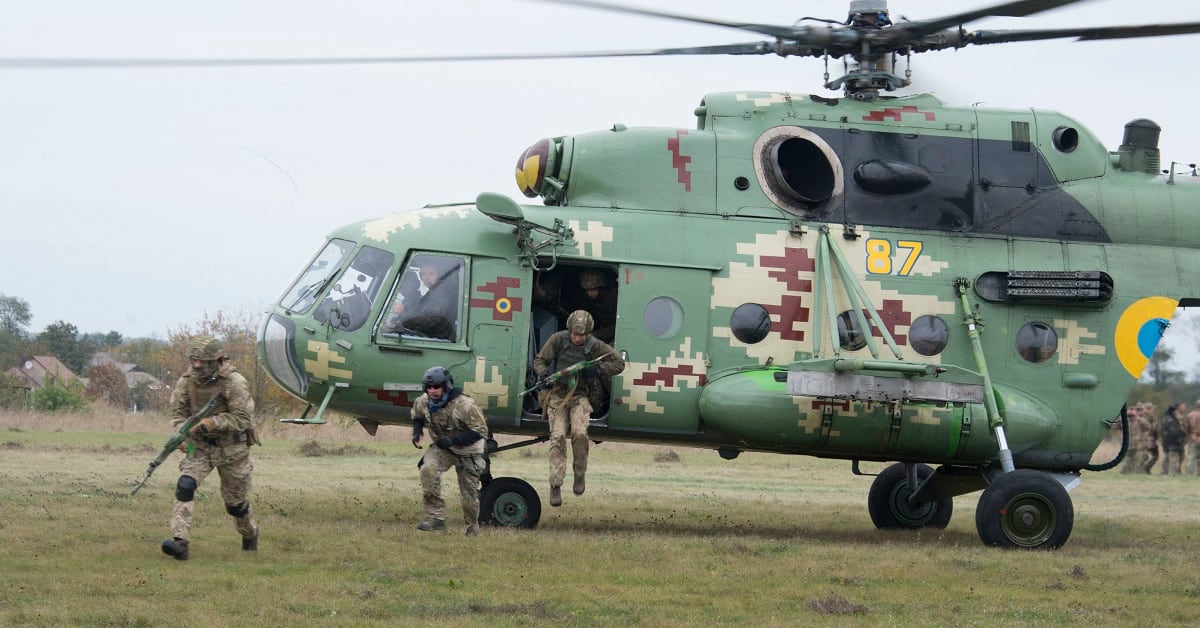
Russia’s use of local separatists in Ukraine, buoyed by Kremlin funding and leadership, is part of its larger hybrid warfare strategy.
“This is what they’re going to keep doing," Hodges said. “They saw how strong the West was in Desert Storm, and they saw our capabilities during the Iraq War ... and they realized there’s no point in going head-to-head with us."
Russia doesn’t need a gigantic military, it just needs a good quality military with good electronic warfare to jam and disrupt U.S. troops' traditional advantages in the cyber domain.
The advantage of the West has always been superior air power. That’s why Russia focuses so much on air defense.
“I think you can anticipate for the foreseeable future a continued emphasis on air and missile defense, cyber warfare and Russia pushing the boundaries as far as they can until people start getting serious and put their foot down,” Hodges said.
The other oft-repeated Russian play is raising the stakes beyond generally accepted levels.
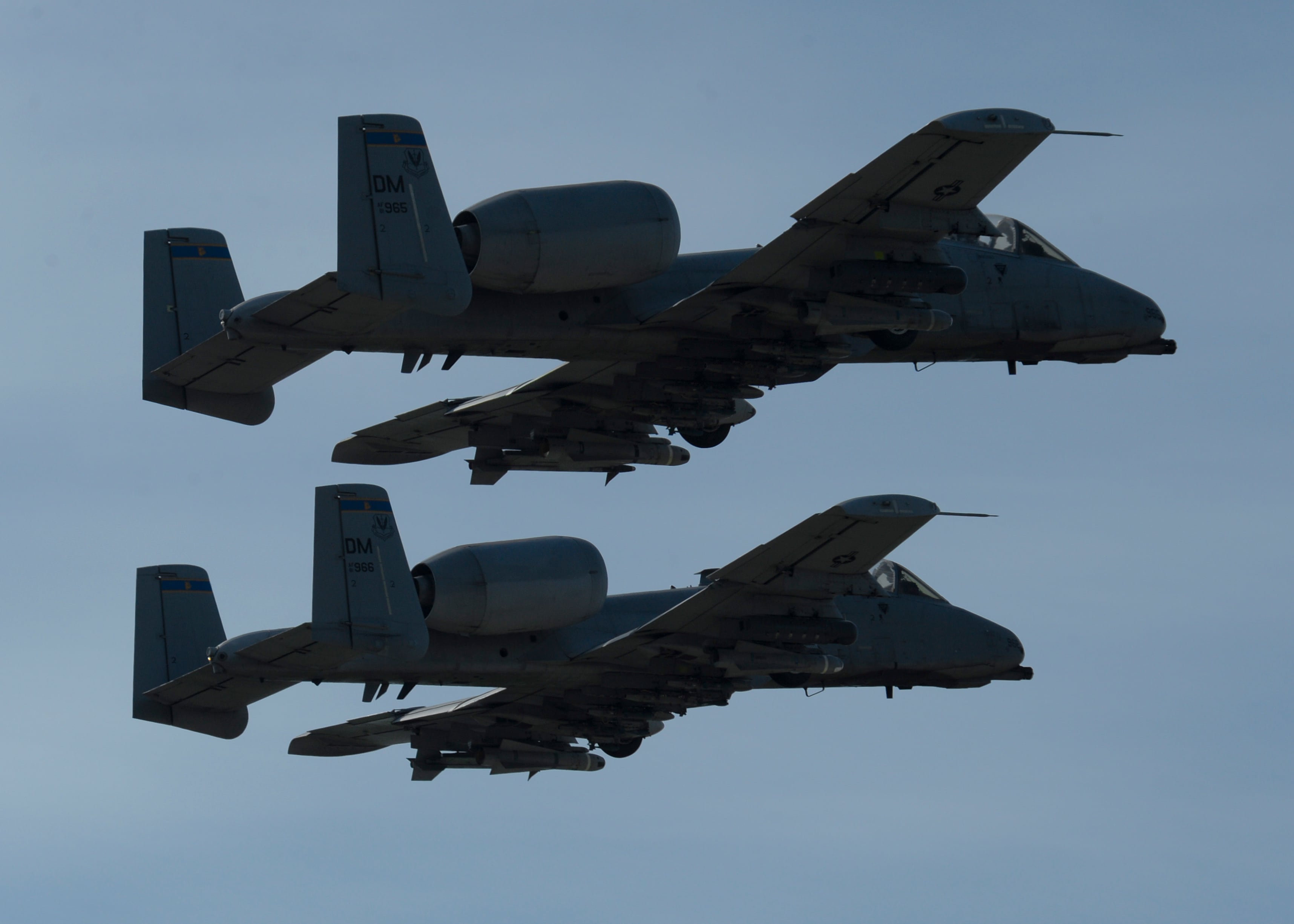
“That’s why they always talk about nuclear weapons,” Hodges said. "It’s then in the mind of [our] political leaders, like: ‘Oh Russia might actually use nuclear weapons, why would we get into a nuclear war over a relatively small attack into Lithuania, or Estonia, or Romania?’ “
Russia’s goal is to create “cracks in the phalanx” of NATO by undermining the alliance’s deterrence promise, Hodges said.
“If they can show that the alliance cannot protect one of its members, then they begin to achieve what they want,” he added.
Hodges sees Russia as a near-term threat, while China is more of a long-term one.
“My concern is that we’re going to be in a military conflict of some sort with China in the next 10 to 15 years. It’s not inevitable, but I think it’s coming," he said. “And we no longer have the capacity to fight two and half wars."
If the U.S. entered into a military conflict with China, which would soak up a lot of air and naval assets, Hodges said the U.S. may not have enough assets in the West to continue to deter Russia.
“That’s why there’s a sense of urgency to build up the European pillar of U.S. hegemony and to get our allies to do more,” he said. "The 2 percent defense spending isn’t a political tool, it’s a serious need, so that with a fairly light U.S. footprint, Europe could continue to deter Russia from taking advantage of the U.S. being distracted by a military conflict with China.”
For the time being, the U.S. and Europe still need one another.
“NATO remains the best, most successful alliance in the history of the world,” Hodges said. “And it needs continued U.S. leadership.”
“Frankly, anytime the president kicks NATO in the shin — like when he casts doubt on defending Montenegro with Article 5 — that hurts the alliance," he added. "That doesn’t mean the president shouldn’t pound on our allies to do more, but the president has got to be more clear, more effective on ensuring everybody that no matter, what the U.S. will be there for the alliance.”
Kyle Rempfer was an editor and reporter who has covered combat operations, criminal cases, foreign military assistance and training accidents. Before entering journalism, Kyle served in U.S. Air Force Special Tactics and deployed in 2014 to Paktika Province, Afghanistan, and Baghdad, Iraq.




